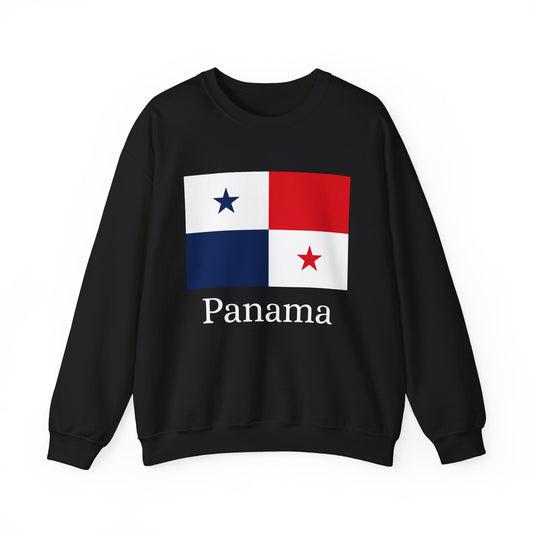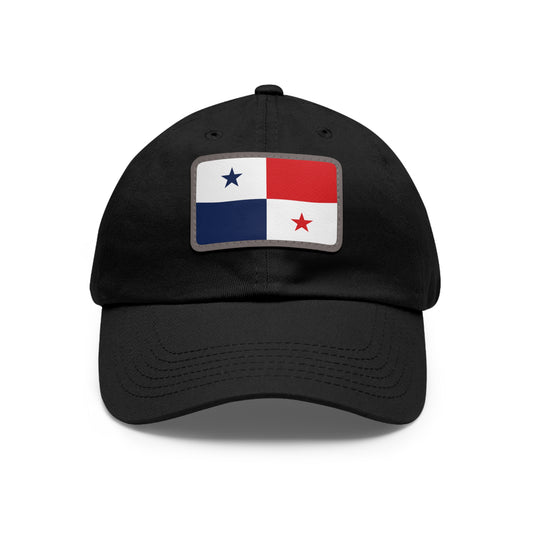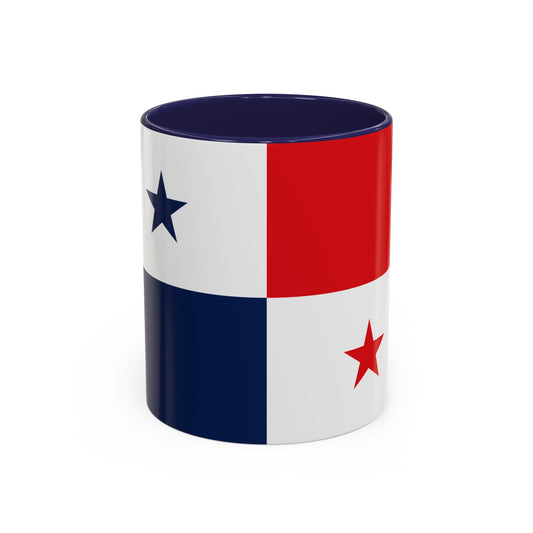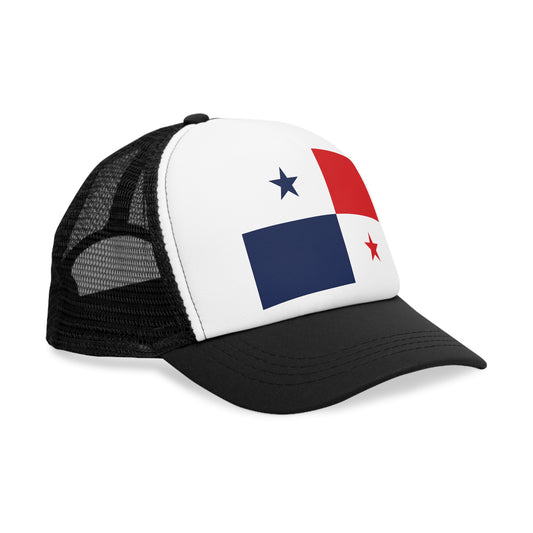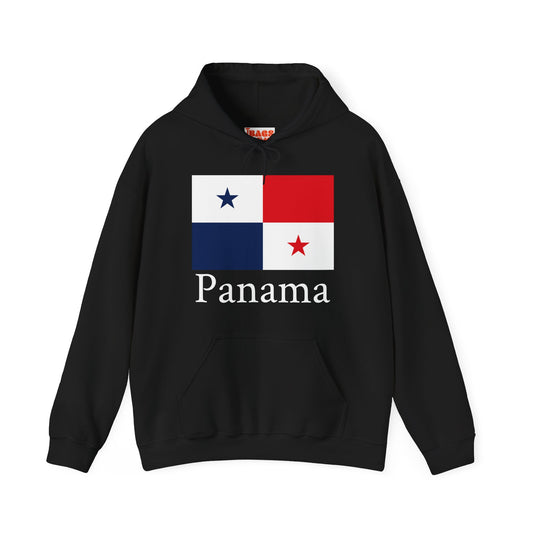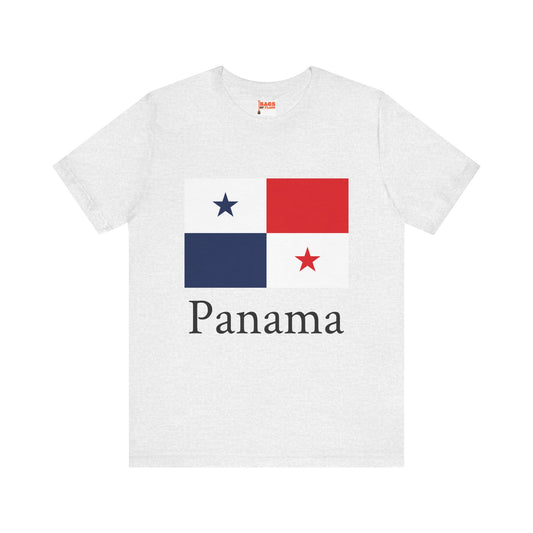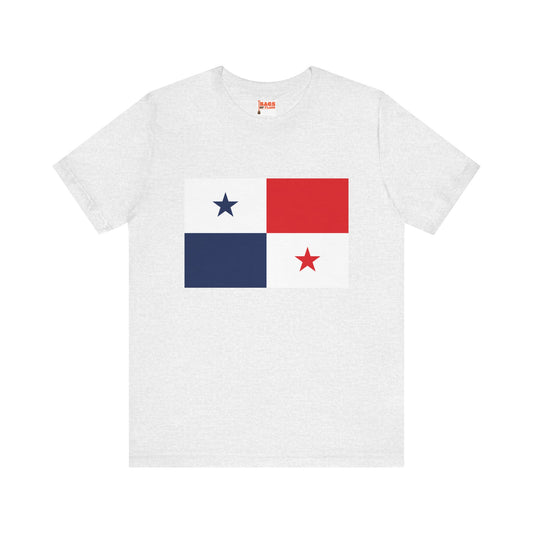-
Panama Flag Sweatshirt
Regular price $34.15 USDRegular priceUnit price / per -
Panama Sweatshirt
Regular price $34.15 USDRegular priceUnit price / per -
Panama Pillow
Regular price $22.65 USDRegular priceUnit price / per -
Panama Backpack
Regular price $59.79 USDRegular priceUnit price / per -
Panama Leather Patch Hat
Regular price $18.85 USDRegular priceUnit price / per -
Panama Mug
Regular price $11.65 USDRegular priceUnit price / per -
Panama Trucker Cap
Regular price $14.90 USDRegular priceUnit price / per -
Panama Hoodies
Regular price $34.40 USDRegular priceUnit price / per -
Panama T-shirts
Regular price $22.79 USDRegular priceUnit price / per -
Panama Flag Hoodies
Regular price $34.40 USDRegular priceUnit price / per -
Panama Flag on T-shirt
Regular price $22.79 USDRegular priceUnit price / per
Collection: Panama
The Panama flag is a symbol of national pride and identity for the people of Panama. Its design and colors hold significant meaning, reflecting the country's history and values. We will delve into the intriguing stories behind the Panama flag, from its adoption to present-day usage.
Overview of the Panama Flag's Design and Colors

The flag of Panama showcases a vibrant and meaningful arrangement of colors and symbols. Divided into four quarters, it features alternating sections of blue and red. These sections are separated by a white field that houses two five-pointed stars, one blue and one red. The color scheme is deliberately chosen, with blue standing for the Conservative Party and red representing the Liberal Party, two significant national political forces.
The white background symbolizes peace over political differences, acting as a canvas for unity. Each star is strategically placed within the white field, highlighting the balance and cooperation between the opposing parties. This harmonious design not only represents the political landscape of Panama but also embodies the nation's ideals of peace and unity. The thoughtful configuration of the Panama flag serves as a visual narrative of the country's commitment to coexistence and mutual respect among its diverse political ideologies.
Historical Context: The Journey of the Panama Flag
The Panama flag, steeped in a rich tapestry of political change and national identity, was officially unfurled on November 3, 1903, a cornerstone signifying Panama's emergence as a sovereign entity following its separation from Colombia. This pivotal event not only underscored Panama's longing for independence but also encapsulated the collective aspirations of its people for self-determination. The flag's inception is intertwined with the country's tumultuous journey toward independence, serving as a beacon of hope and unity amidst the political upheaval.
The origins of the flag's design are attributed to a collaborative effort, symbolizing a conscious move towards national cohesion and bridging ideological divides between the Conservative and Liberal parties. Panama's history was marked by intense negotiations, strategic alliances, and a genuine desire to establish a national identity transcending political affiliations. The flag, thus, emerged as a physical manifestation of Panama's newfound independence, embodying the principles of unity, peace, and democratic governance.
As the years progressed, the flag remained unaltered, a testament to its enduring significance and the timeless ideals it represents. Unlike many nations that have seen their flags evolve with changing political landscapes, Panama's flag has stood the test of time. It is a constant reminder of the unity achieved in the early days of the republic's formation.
Symbolism: Decoding the Panama Flag

The Panama flag's colors and symbols carry profound meanings deeply embedded in the nation's cultural and political landscape. The blue color symbolizes the Conservative Party, signifying its values and contributions to the country's governance. In contrast, the red represents the Liberal Party, highlighting its importance and influence in shaping Panama's political framework. Together, these colors illustrate the ideological diversity within the nation and the enduring commitment to bipartisan cooperation.
The white backdrop within the flag symbolizes the peace that prevails amidst political differences, fostering a spirit of unity and concord among the populace. It serves as a reminder of the importance of harmony and collective effort in achieving national objectives.
Positioned prominently against the white background, the two stars symbolize the nation's bright future, guided by cooperation and mutual respect between the opposing political forces. Each star shines as a beacon of hope, embodying the ideals of democracy and solidarity central to Panama's identity. Through these symbols, the Panama flag encapsulates the essence of the country's aspirations, its commitment to democratic governance, and the collective journey of its people towards a prosperous and inclusive society.
Current Relevance: The Panama Flag in Today's World
The flag remains a potent emblem of national unity and pride in contemporary Panama. It is omnipresent at various significant events - from commemorations of Panama's independence to cultural festivals and sports competitions, showcasing the collective spirit and identity of the Panamanian people. Its presence at military ceremonies underscores the respect and honor attributed to those who have served the country. At the same time, during government functions, it symbolizes the ongoing commitment to democratic values and the rule of law.
Despite evolving societal values and the globalized context of the 21st century, discussions around the flag's symbolism and design occasionally surface, reflecting the dynamic nature of national identity. These debates highlight the flag's continued relevance as a living symbol that embodies Panama's historical journey and invites reflection on its current and future path. Engaging in these discussions, Panamanians of all generations reaffirm the flag's significance in representing their rich cultural heritage and aspirations for a harmonious and prosperous future.
Additional Facts: Protocols and Fascinating Anecdotes
Adhering to a strict set of protocols ensures the Panama flag is treated with the respect it deserves. When displayed alongside other flags, it must occupy a position of honor, always being placed to the observer's left. During national mourning or significant periods of remembrance, the flag is flown at half-mast as a sign of respect and solemnity. Moreover, folding the flag demands precision and care, symbolizing the careful handling of the nation's pride.
Fascinating anecdotes enrich the narrative of the Panama flag. It was designed by María de la Ossa de Amador, who infused the design with a deep sense of national identity and purpose. The two stars in the flag's white field are often interpreted to represent the country's two main cities, Panama City and Colón. However, they primarily symbolize the political harmony between the Conservative and Liberal parties. Interestingly, the flag was first sewn by Manuel Encarnación Amador, María's son, highlighting the personal commitment and familial involvement in Panama's journey to independence.
These unique practices and stories underline the flag's significance beyond its official use, embedding it further into Panama's cultural and historical fabric.




